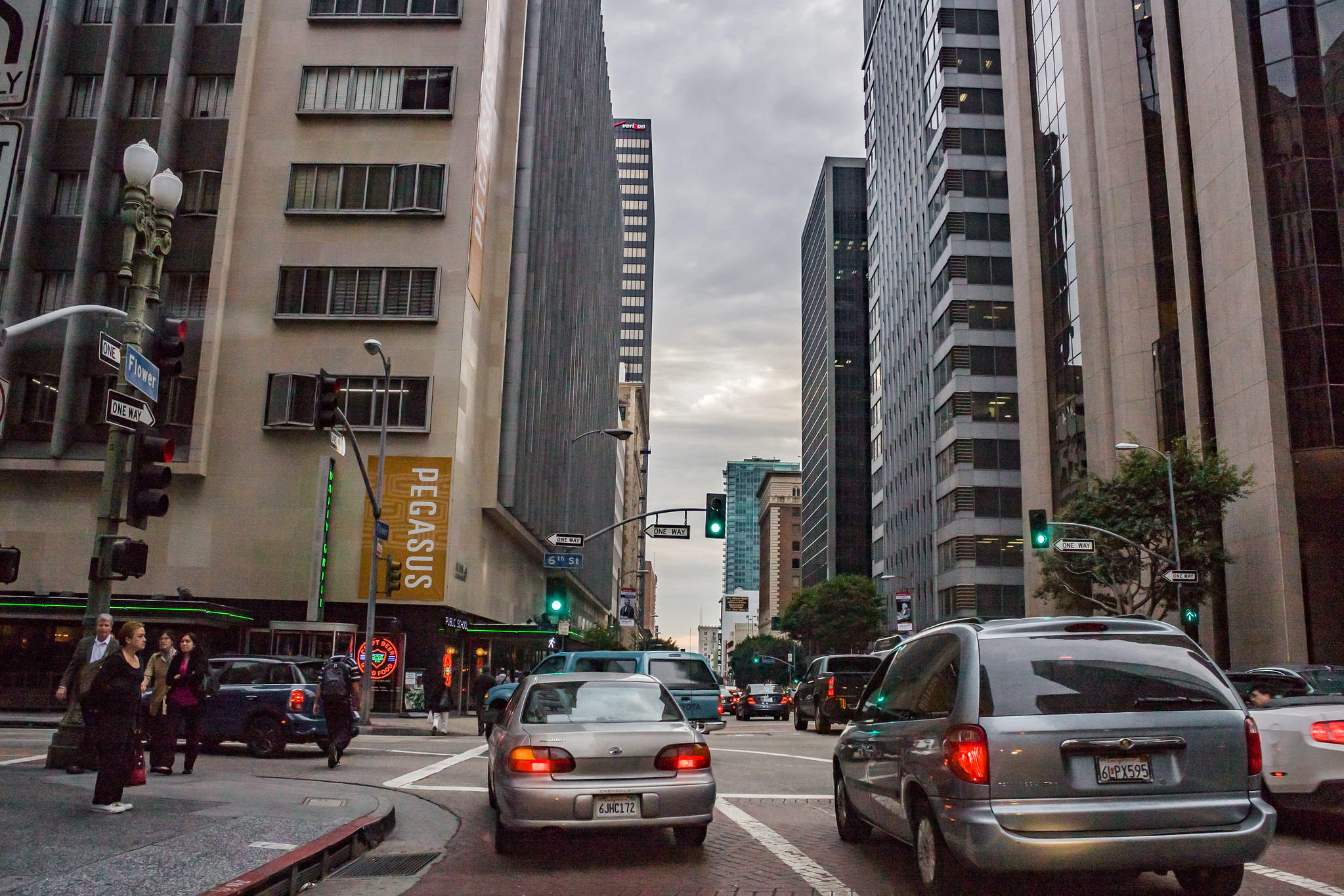
Most, if not all, travel in the United States almost always requires a car, even for something as mundane as buying food or going to the convenience store. Anyone that has no access to a car will have to brave the pedestrian-unfriendly, untraversable urban landscape. It isn’t uncommon for many city-dwellers to face this problem daily. Cars aren’t for everyone, as not all can afford the absurdly high monthly payments, let alone a car, or even have the physical capability to use them. Modern American infrastructure not only upholds classism, ableism and racism among its inhabitants, but is also severely detrimental to the climate.
Zoning laws are largely responsible for this instability due to the unrestricted growth of suburbs and strip malls and the prevention of natural flora from flourishing. These laws play a huge role in gentrification primarily because of rules, such as minimum lot sizes. This has made housing increasingly unaffordable, especially for the lower class, many of whom are predominantly people of color. A Supreme Court ruling further displaced the lower class as it restricted how many biologically unrelated individuals can live in a single home, making houses much more exclusive to affluent nuclear families. Ultimately, zoning laws increased the distances between residences, grocery stores and shopping centers. As a result, cars have become a necessity for daily living.
This automobile dependency paved the way for further construction of roads, from the Interstate Highway System to today’s public roads almost bearing the same width as the freeway. The Interstate was later merged with the National Highway System, bringing the total length of the system to 160,955 miles. Today, the United States has 4.161 million miles worth of roads. This is accompanied by up to two billion parking lots, which is a large amount of pavement combined. This becomes problematic for the climate, firstly because pavement is an impervious surface; impenetrable by water, which dries up the soil under it. The surface traps heat, increasing air temperature. Additionally, the EPA reported that most vehicles produce about 4.6 metric tons of carbon dioxide annually. The US has approximately 300 million cars registered this year.
These conditions make it very difficult, if not impossible, for those unable to afford or physically operate vehicles to perform daily tasks that involve having to go somewhere, such as buying groceries and visiting their loved ones. While pedestrians can use existing public transportation, the lack of sidewalks or guardrails forces them on the side of the road, where they become dangerously vulnerable to vehicular harm.
Walkability is absolutely attainable, and there are many possible plans that could be undertaken that would preserve the convenience of the automobile. The current urban design is contributing to the increasing socioeconomic and sociopolitical divide among the denizens of American society. The problem is that the current urban design also contributes to the increasing wealth gap. Companies are seeking to take advantage of the increasingly unaffordable housing market by buying homes off and renting them out for profit and car dependency is keeping car companies’ and insurance companies’ profits unreasonably high. The extreme exploitability of the current urban design for profit makes it very difficult for the United States’ much needed redesign to happen.







